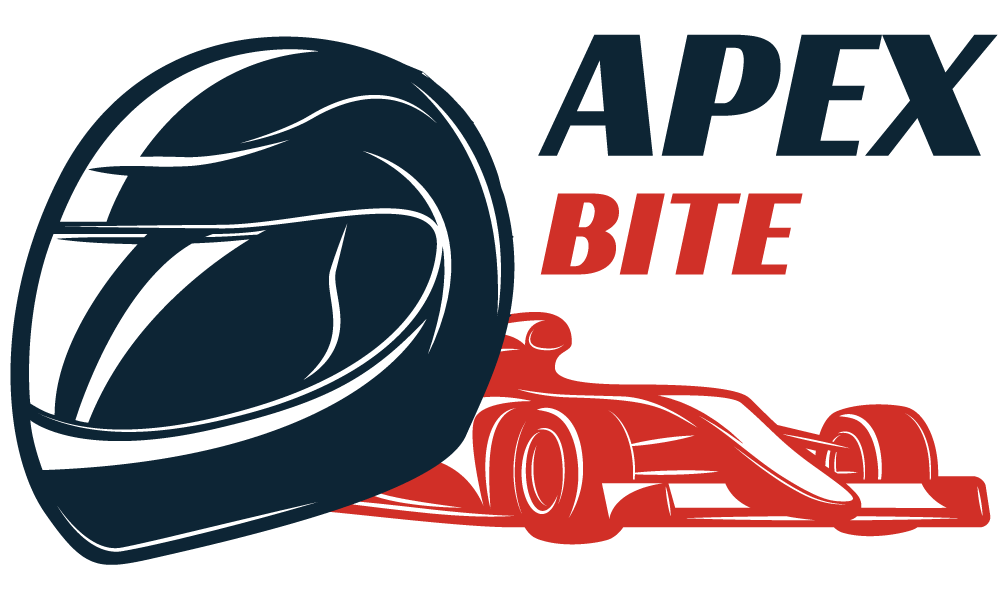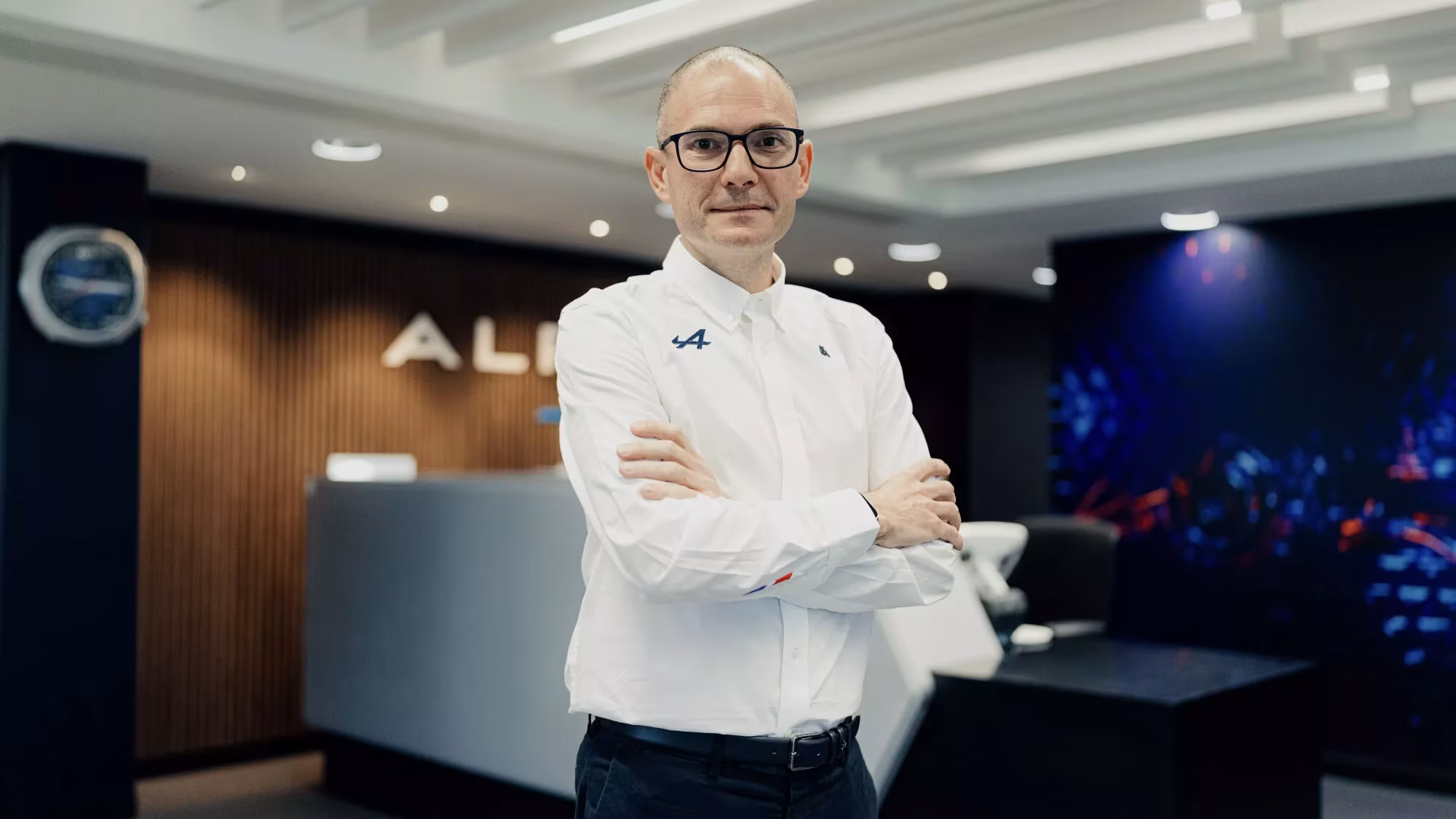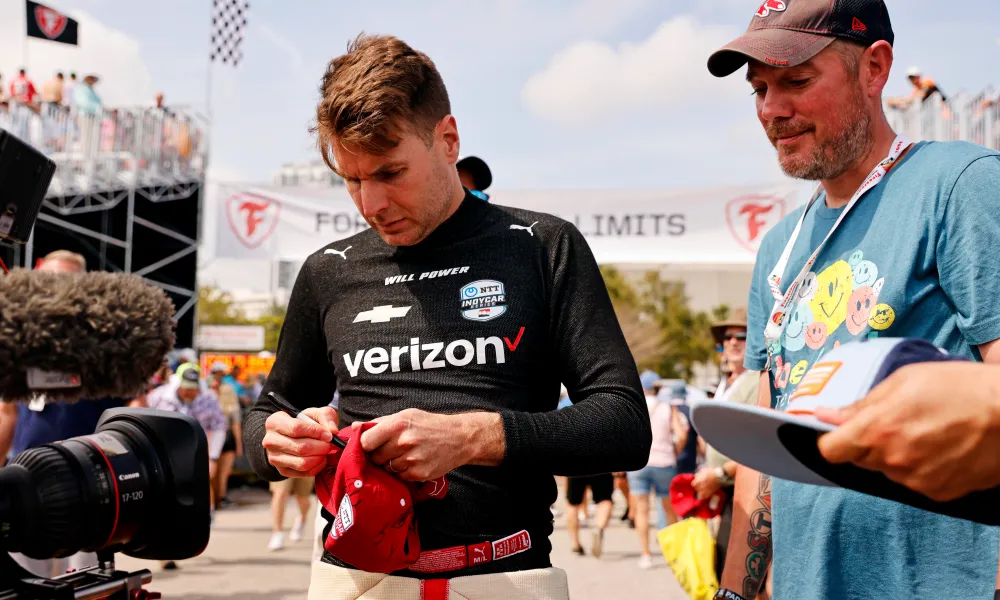You’re likely familiar with Formula 1, the glitzy, high-speed world of Lewis Hamilton and Max Verstappen. But have you taken a pit stop to consider Formula 2, or F2? If you haven’t, you’re missing out on a hotbed of talent and exciting races that often serve as a prelude to F1 stardom.
A quick look at history
Let’s shift into reverse for a bit. Formula 2 dates back to 1948 but was formally recognized by the FIA in 1950.
While it’s undergone several transformations and name changes—think Formula 3000 and GP2—F2 as we know it today was rebranded in 2017.
It’s generally seen as the final stepping stone to Formula 1, a place where young drivers prove they’ve got what it takes to compete at the pinnacle of motorsport.

F2 Weekend Explained
Friday: First, there’s a 45-minute practice session. Later, there’s a 30-minute qualifying round. Whoever clocks the fastest lap in that session grabs the pole position for Sunday’s race.
Saturday: It’s a sprint race. The starting lineup is the same as the qualifying round, but the top 10 drivers are flipped. The race goes on until it crosses the 120km mark ( in Monaco, 100km).
Drivers can earn points down to 8th place, following a 10-8-6-5-4-3-2-1 scoring system. If you finish in the top 10 and have the fastest lap, you get an extra point.
Sunday: It’s the feature race. It lasts until it exceeds 170km—140km in Monaco and 160km in Budapest. Every driver has to make at least one pit stop and switch between two different types of tires.
Pitting before the 6th lap or during a virtual safety car doesn’t count unless you were already in the pits when the virtual safety car was called.
Lastly, F2 tried a three-race weekend in 2021, but fans didn’t like it. It messed up the calendar, so they went back to the old format in 2022. Before this change, the feature race used to be on Saturday, and its results would determine the grid for the sprint race.
What Sets F2 Apart from F1?
💰 Cost
F2 is way less expensive, making it accessible for teams with smaller budgets. We’re talking tens of millions versus hundreds of millions in F1.
In 2023, Formula 1 teams have a cost cap of about $135 million, covering most expenses except for things like top salaries and marketing. This budget primarily comes from prize money, investments, and sponsors, and teams like Red Bull and Mercedes are self-sufficient.
On the other hand, F2 operates on much smaller budgets, often requiring drivers to bring their own funding; an F2 car costs around €500k, and team budgets for drivers can range from €2m to €3m or more.
🏎️🏎️ Identical Cars
In F1, teams design their own chassis based on FIA regulations, including various safety features like roll hoops and anti-intrusion panels.
F2 cars are standardized, using the Dallara F2 2018 model, but also incorporate F1-standard safety measures and specific parts from designated suppliers.
Speed-wise, F1 cars can go above 220 mph, while F2 cars can reach up to 208 mph with certain conditions.
F2 uses identical machinery to level the playing field and put the focus squarely on driver talent.
⭐Young Talent
F2 is often where tomorrow’s F1 stars make a name for themselves. Drivers like Charles Leclerc, George Russell, and Lando Norris have all graduated from F2.
Even though F2 is often seen as a stepping stone to F1, it’s not a must-do. In 2021, almost half of the F1 drivers—10 out of 21—never raced in F2. And it’s not just the older guys; big names like Max Verstappen, Carlos Sainz, Daniel Ricciardo, and Esteban Ocon skipped F2 altogether.
But on the flip side, six drivers on the grid were F2 champs: Lewis Hamilton, George Russell, Charles Leclerc, Nico Hülkenberg, Oscar Piastri, and Pierre Gasly.
📅 Race Format
The two-race weekend in F2 offers a different tactical challenge, making it appealing for both drivers and fans.
🗝️ Access
Believe it or not, it’s easier for fans to get close to the action in F2. With a less corporate atmosphere, you can often meet drivers and get autographs, making for a more intimate fan experience.
RELATED: The new rear wing on Formula 2’s 2024 car, unveiled at Monza, is grabbing a lot of attention. It might even give us a hint about where F1’s DRS system could be headed in the future. – Read more





